You can find chili peppers in practically every cuisine. From the sweet Italian variety to the spicy Thai bird's chili and the smoky Mexican chipotle, peppers are ubiquitous and universally loved. But if you find the range and scope of these little fireballs overwhelming, you're not alone.
From how to spell it (chili, chilli, and chile are all correct, by the way) to how to distinguish the various types, peppers can be quite confusing. And to make matters even more perplexing, when dried or pickled, the fresh varieties take on a whole new personality.
But don't be deterred by their endless possibilities—once you figure out how to harness their flavor, your cooking will easily soar to the next level.

Besides flavor, did you know that peppers are also good for you? They contain high levels of vitamins A and C and capsaicin, the substance which gives a pepper its heat, is actually known to give a slight boost to your metabolism.
The Chili Pepper Craze Started in 1492 (Sorta)
Since chilis are commonly used in Asian cuisines, many people mistake their origin, attributing it to China or India. But actually the chili's native home is in the Americas. After Columbus discovered the new continents, many new foods and spices were traded between the old and new worlds in what was called the Columbian Exchange. Thus the chili made its way across the Atlantic and changed the face of many cuisines as we know them today.
According to The Nibble, "Columbus appended the word 'pepper' (pimiento in Spanish) because of their fiery similarity to the black peppercorns he was familiar with—although there is no relationship between the two plants, or with Szechuan pepper. 'Chili pepper' is a misnomer, and the term 'pepper' is not used in Latin America."
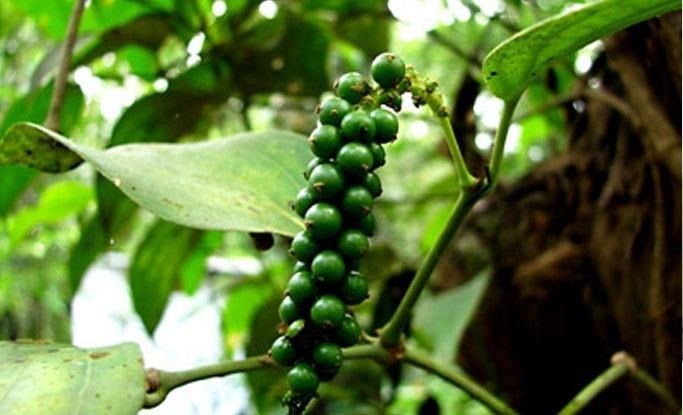
In fact, it was the black peppercorn that Columbus was famously seeking when he set sail across the ocean, but I'm guessing he wasn't too disappointed by his alternate discovery.
So, What Is a Chili Anyway?
Belonging to the botanical species capsicum (derived from the Greek word kapsa, which means box), the chili pepper is a fruit belonging to the nightshade family tight alongside tomatoes and eggplants. There are hundreds of varieties of peppers, all of which fall into five broad genii: capsicum annuum, capsicum baccatum, capsicum chinense, capsicum pubescens and capsicum frutescens.
You can geek out on various chili types here.
What they all have in common is the presence of capsaicin, an alkaloid found in the seeds and white ribs. It's this substance which gives peppers their hotness, and the heat is measured on something called the Scoville scale.
In its pure form, capsaicin contains 16,000,000 Scoville heat units (SHU). By comparison, mace or pepper spray (made from capsaicin) contains 2,000,000 SHU. Most edible peppers fall way below this range because too much capsaicin actually works as a toxin.
So cayenne, for example, is in the 30,000–50,000 range, while jalapeños are significantly lower, falling somewhere between 2,500 and 5,000 (shockingly, when the same jalapeño is dried to make chipotle, its SHU actually double. More on this in a moment).

The habañero clocks in at a scary 200,000–300,000 SHU—but it's nowhere near the hottest. The Trinidad Moruga Scorpion has a mean of 1.2 million SHU. However, the latest champion is now the Carolina Reaper, with an individual pepper coming in at 2.2 million SHU.
Chili peppers are available in many forms and will contribute differently to your recipe depending on your goal. For example, fresh peppers will add crunch and make your plate look colorful. The type of heat they contribute will be pungent and immediate. Meanwhile, dried peppers are the most versatile since they last a long time. Because different flavor profiles come out when they are dried, they can contribute a very strong undertone and a long, smokey finish as well as the inevitable, peppery heat.
In Their Fresh Form...
The fresh form of a chili is the perhaps the most familiar to home cooks. They can be stuffed, roasted, stewed, baked—pretty much treated as you would most vegetables. They are also sliced, diced, chopped, and added to any number of recipes, from Vietnamese bánh mì sandwiches to stir-fries and eggs. The most commonly used fresh peppers are the sweeter bell peppers, and the hotter varieties are habañero, serrano, jalapeño, and cayenne.

A pretty good rule of thumb: the smaller the pepper, chances are it's hotter. This is because there's a higher concentration of seeds in a smaller area. However, keep in mind that this applies to peppers of the same kind only. In the battle between a jalapeño (5,000 SHU) and a Scotch Bonnet pepper (325,000 SHU), the Scotch Bonnet wins, no matter what size it is.
Take extra caution when handling hot peppers. It might be obvious, but they burn, burn, burn. Trust me, I've had serranos squirt juice into my eye: not fun. Some people actually recommend wearing food service gloves when handling the hotter varieties like habañeros. If you do get pepper juice all over your hands, soap and water doesn't always remove it effectively. Try rubbing vegetable oil over your skin. The oil binds to the capsaicin and effectively removes it, as demonstrated here.
In Their Dried Form...
Pretty much every variety of fresh chili has a dry or smoked equivalent. Why? For one thing, drying increases the heat of a pepper, but it also allows for convenient long-term storage. Drying a fresh pepper also gives it that distinct smokiness that makes a mole sauce so unique, or chipotle more intense than its fresh form.
Just to make things confusing, some dried peppers are given a different name than their fresh counterpart. Chipotles when fresh are known as jalapeños, while anchos are called pasillas in their dried form. Cook's Thesaurus has a handy guide to help you figure out the fresh-to-dry translation.

While you can always substitute a fresh pepper for a dried variety and vice versa, if a recipe specifically calls for one form over the other, it's probably for a good reason. For the most part, the intensity of the flavor profile will be more profound in dried peppers. Hence they are commonly used in dishes that are cooked for a long time, like moles and other Latin American stews and in many spicy Indian curries. Fresh peppers are better used in dishes like stir-fries, where the minimal cooking time allows the pepper to retain some of its crunch.
Dried peppers can be used in cooking in a number of ways. Most easy, of course, is to use it whole. If you've ever eaten Kung Pao chicken you're no stranger to the use of dried whole peppers in cooking. It's pretty obvious: you toss a couple of dried peppers into whatever you're cooking and wait for the magic to happen. But if you do plan on going that route, be sure to brush up on your pepper varieties. The smokiness of chipotles or ancho peppers may not do any favors to that Thai curry you're making. And don't forget to fish it out before serving up your masterpiece!

The second easiest way to use dried peppers is to turn them into your own chili powder. This entails sticking the dried chili in a blender or food processor and grinding until it takes on the right consistency. Some people like to toast the chili first and then grind it. According to Mark Bittman in How to Cook Everything, this method brings out the smokiness of the pepper.
Finally, dried peppers can be reconstituted in hot water and then either used as one would a fresh chili, or puréed to make a paste. You can add other spices or oils to the purée.
More on Pastes...
Making a paste at home is obviously super easy, but pastes are also a common way to buy chilis. Familiar chili pastes include Sambal Oelek, Harissa, and Thai Chili paste. Pastes make terrific additions to marinades and rubs.

If you've ever wondered how those fancy burger places make those delish aiolis: smoky chili paste + mayo = a dip you can't stop eating. While dried chilis are commonly used in some pastes, it's equally common to use fresh chilis. Pastes made from fresh chilis won't last as long as those made from dry, but adding some form of acid to it generally elongates the shelf life (more on pickling in a moment.)
In Their Powdered Form...
We touched on how you can easily make your own chili powder at home by grinding or blending a few dried peppers, but store-bought chili powder is probably the most common and easiest way to add peppers into your everyday cooking.
Cayenne and paprika are the most common chili powders, available in every spice aisle of every grocery store, and they exhibit a good range—with the paprika falling on the smoky, almost sweet side, and cayenne bringing straight-up heat to your dishes.
If you have access to ethnic foods stores or spice markets with more variety, you'll begin to find the different kinds of chili powders used in Mexican and Latin American cooking, such as ancho, chipotle, adobo, etc.

Chili powder is also a primary ingredient in pastes like Korean gojuchang, which incorporate Korean chili powder with fermented soybeans and salt.
Chili powder makes a great rub for meat, fish, or even vegetables. Start with the basic recipe (grinding dried peppers of choice), and to that add salt, cumin, or other spices that would complement the heat of the chili.
When They're Pickled...
My personal favorite form of the pepper is the pickled pepper. The pepper is either sliced or used whole and pickled in vinegar and spices, creating a mouth-watering salty, spicy, tangy condiment which literally makes the world a better place.
In Indian cuisine, the hotter varieties of chilis are pickled in oil and other pickling spices to create an eye-popping relish, but in the Western world, the most common varieties of pickled peppers are banana peppers, jalapeños, cherry peppers, and pepperoncinis (also known as sweet Italian peppers, they're the lowest on the Scoville scale.)

The addition of vinegar to the peppers tempers the spiciness of the chilis and makes pickled peppers a better substitute for fresh in many dishes, where the overpowering heat of a fresh pepper can sometimes be overwhelming.
But if You Still Can't Stand the Heat...
Peppers are also used in some cultures to ward off evil spirits! So if eating them isn't your thing, use them to keep your enemies away. Or, more realistically, use them to make an organic bug spray.
Want more great guides like this one? Check out our ultimate cheat sheets on garlic, onions, and dried beans. Also, make sure to check out our Ingredients 101 topic for more interesting facts and uses for your favorite ingredients.
Just updated your iPhone? You'll find new emoji, enhanced security, podcast transcripts, Apple Cash virtual numbers, and other useful features. There are even new additions hidden within Safari. Find out what's new and changed on your iPhone with the iOS 17.4 update.
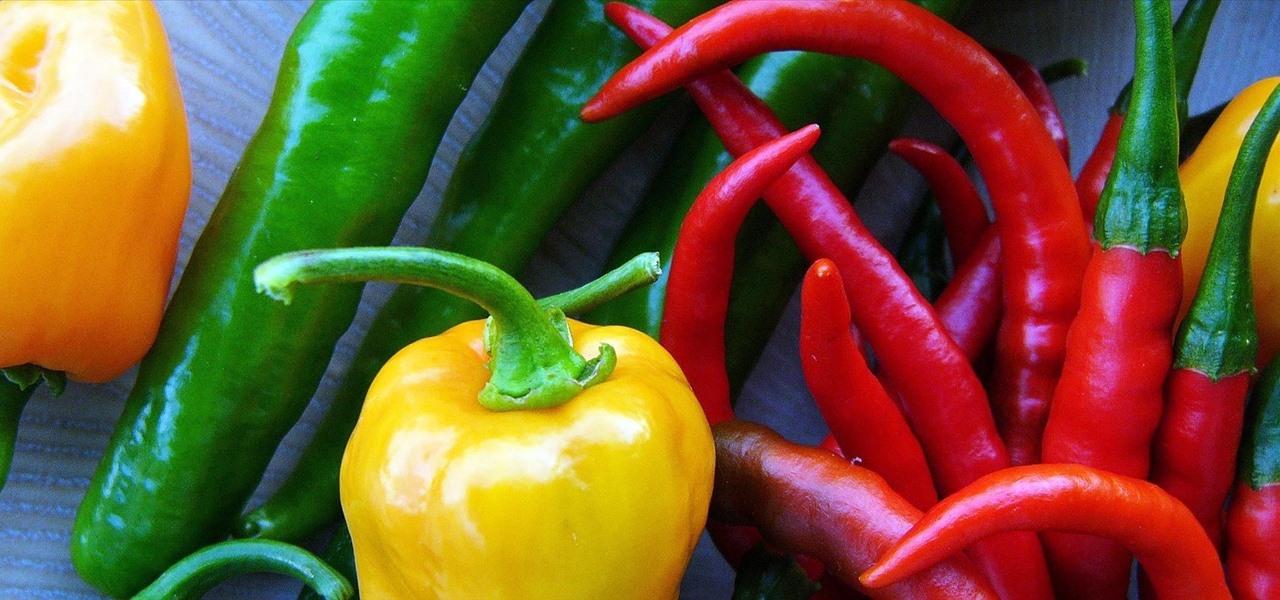







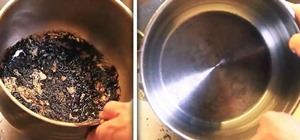
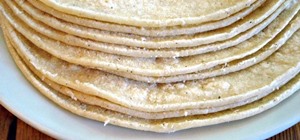
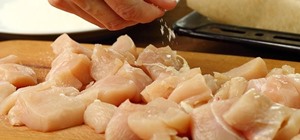
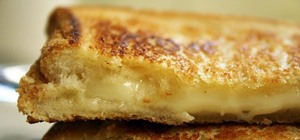


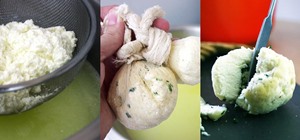






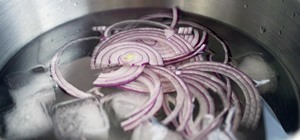

1 Comment
Hottest pepper in meals is very good idea, but i never taste powder from peppers ;)
Share Your Thoughts